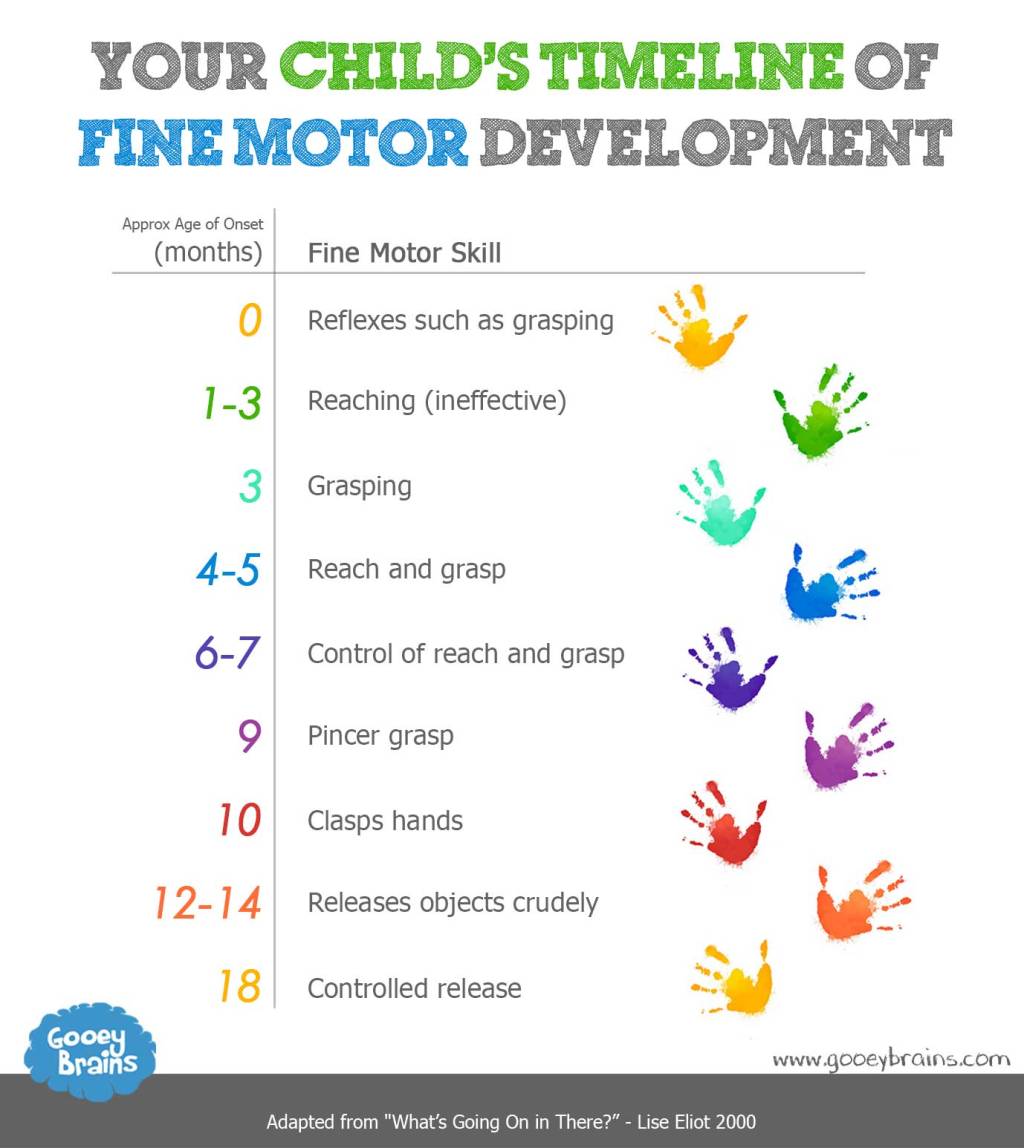Fine Motor Skills Development: Nurturing a Foundation for Success
Introduction:
In the world of education, it is widely recognized that academic success does not solely depend on cognitive abilities and knowledge acquisition. The development of fine motor skills plays a crucial role in a child’s overall growth and achievement. Fine motor skills refer to the coordination of small muscles, especially those in the hands and fingers, which enable us to perform intricate tasks such as writing, drawing, buttoning clothes, or tying shoelaces.
While traditional schooling often focuses primarily on academic subjects like math and language arts, alternative approaches to education understand the importance of fostering well-rounded individuals. Alternative schools recognize that nurturing children’s fine motor skills enhances their ability to engage with different aspects of life effectively. In this article, we will explore why fine motor skills are vital for educational success and discuss various strategies for supporting their development within alternative educational settings.
The Importance of Fine Motor Skills:
Fine motor skills provide children with essential tools for interacting with their environment. These abilities lay a foundation upon which future learning can be built. When students struggle with developing these skills adequately, they may face challenges when engaging in activities both inside and outside the classroom.
Academically speaking, proficient fine motor skills contribute significantly to early literacy development. As children learn how to hold a pencil properly and control its movement across paper through activities such as tracing shapes or practicing handwriting exercises, they gain confidence in expressing themselves through written language. Moreover, mastering these foundational skills allows learners to focus more on higher-order thinking tasks rather than struggling with basic mechanics.
Beyond academics, strong fine motor abilities also impact daily life activities such as self-care routines (e.g., brushing teeth), independent eating (using cutlery), or even pursuing hobbies like painting or playing musical instruments. By honing their dexterity and hand-eye coordination from an early age onwards, children develop independence and become capable individuals who can navigate various tasks competently.
Strategies for Supporting Fine Motor Skills Development:
In alternative schooling environments, educators employ various strategies to support the development of fine motor skills. These approaches often emphasize hands-on learning experiences and incorporate activities that engage children’s senses. Let us explore some effective methods employed by alternative schools:
1. Play-based Learning:
Play is a natural and enjoyable way for children to develop their fine motor skills. Alternative schools often integrate structured play into their curriculum, providing students with ample opportunities to manipulate objects and engage in tactile exploration. Simple toys like building blocks, puzzles, or threading beads can help refine hand-eye coordination and finger dexterity while fostering creativity and problem-solving abilities.
2. Artistic Expression:
Art activities encourage self-expression and imagination while simultaneously refining fine motor skills through tasks such as cutting, pasting, painting, or drawing. In alternative schools, art classes are not just an opportunity for self-expression; they also serve as a means of strengthening those tiny muscles in the hands that contribute to writing fluency.
3. Sensory Experiences:
Engaging children in sensory experiences helps enhance their overall sensory-motor integration—a vital aspect of developing fine motor skills. Sand or water tables provide opportunities for manipulating materials using tools like scoops or funnels while stimulating the senses of touch and sight.
4. Manipulatives and Montessori Materials:
The use of manipulatives—objects designed specifically for educational purposes—in alternative classrooms allows students to practice precise movements required for mastering various tasks effectively. Montessori materials such as counting beads or knobbed cylinders facilitate hand-eye coordination development alongside cognitive concepts like math or language acquisition.
5. Outdoor Activities:
Taking learning outside the classroom provides unique opportunities for developing gross motor skills (which indirectly influence fine motor skill mastery) through activities like running, jumping rope, climbing structures—all contributing to muscle strength development.
Conclusion:
In summary, alternative education recognizes that nurturing well-rounded individuals necessitates more than just academic instruction. Fine motor skills development plays a pivotal role in shaping children’s abilities to interact with the world around them effectively. By incorporating strategies such as play-based learning, artistic expression, sensory experiences, manipulatives, and outdoor activities into their curriculum, alternative schools foster an environment where students can develop these vital skills alongside their academic pursuits.
By prioritizing fine motor skills development within alternative educational settings, we empower young learners to become confident individuals capable of engaging successfully in both academic and everyday life tasks. These skills serve as a strong foundation upon which they can build future successes and navigate the challenges that lie ahead with ease and dexterity.

Leave a comment